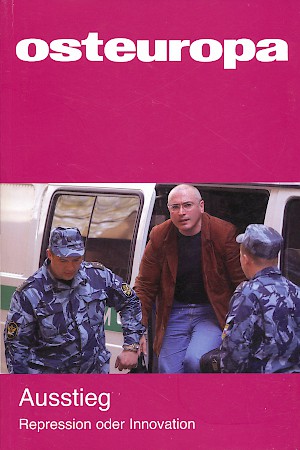Visible and Invisible Jews
A Visual History of the “Eastern Jew”
Deutsche Fassung
Abstract
Since the 1980s, it has been possible to observe an increased interest in Jewish history in Europe. Jewish quarters have been renovated, klezmer music has come into fashion, and research institutes have been founded. The public seems to have certain ideas of what Jews look like: not like assimilated urban Jews, but like traditional Jews from around 1900, especially those from East Central Europe. The renaissance of the shtetl and the “Eastern Jew” as places of memory feeds on old platitudes.
(Osteuropa 1/2010, pp. 75–94)



